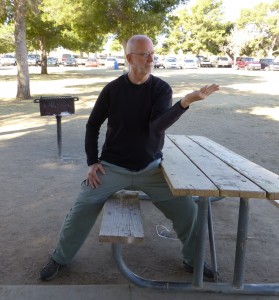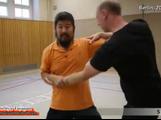Three parts in ball bearing: outer ring, inner ring and the balls in between we consider as one part.
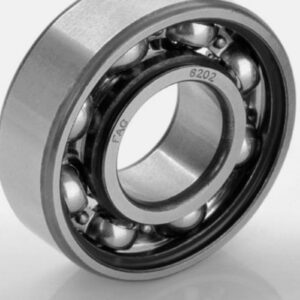
Taiji is three.
Three steps: 1. Different parts of the body are strong, hard and stiff, which able to combine and recombine into pieces which have the same quality, like the rings and the balls. 2. Establish relationship or connection between different pieces through joints, like the balls seamlessly in between the two rings (through separator and tracks on the rings), engine oil is the joints. 3. Press the button to run the machine.
Read more

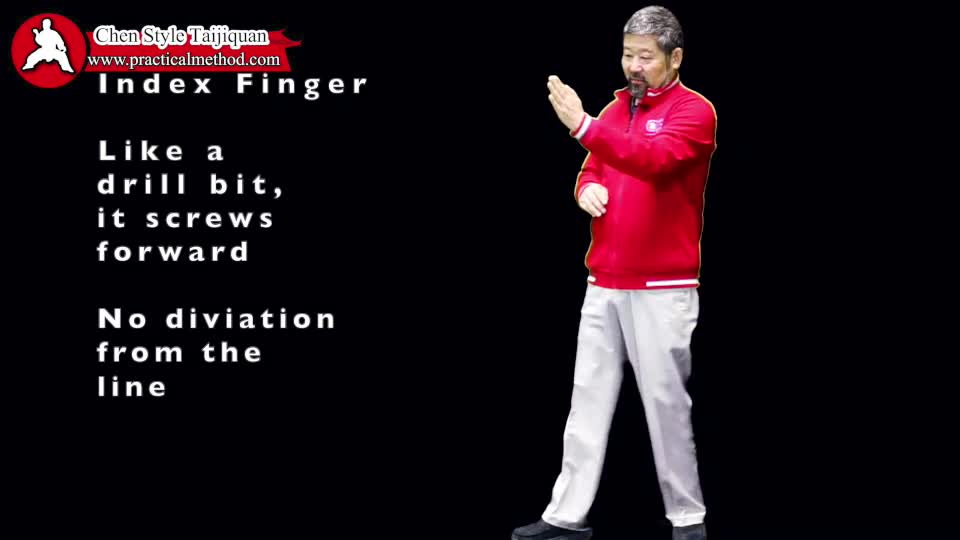
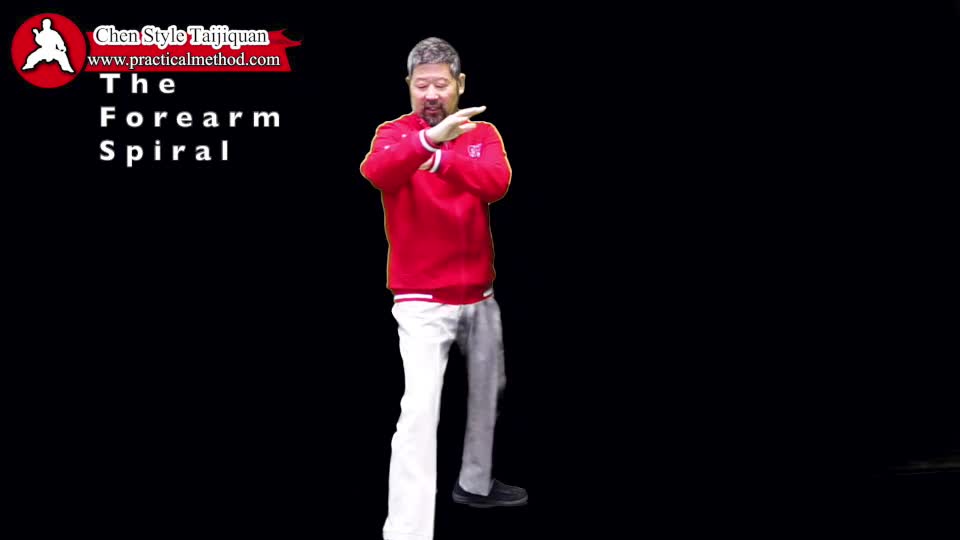
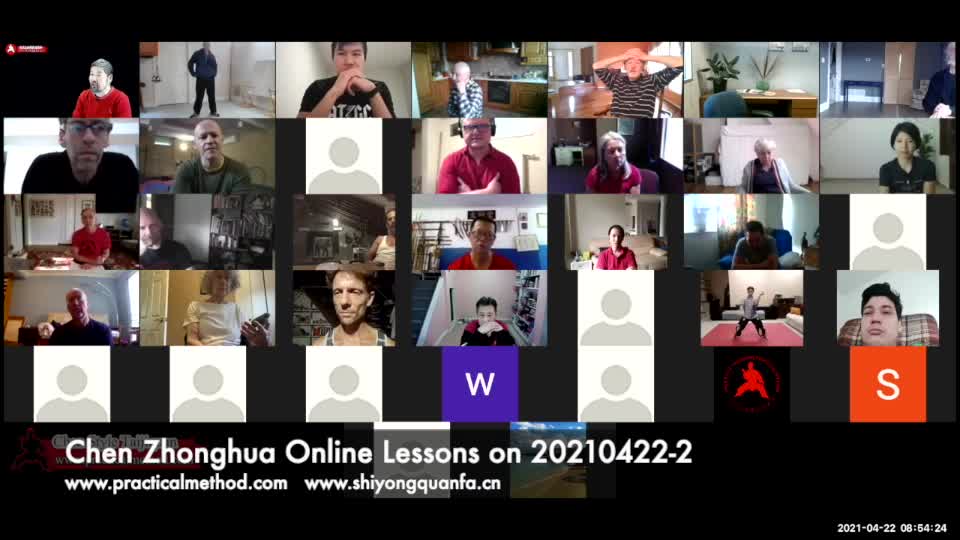

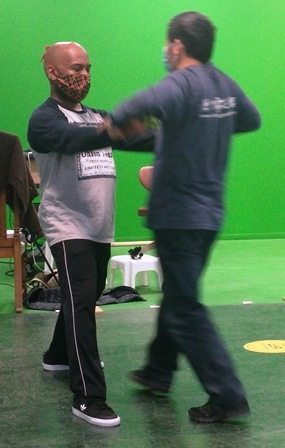
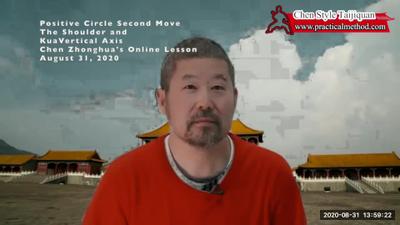

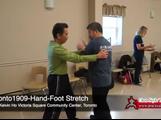
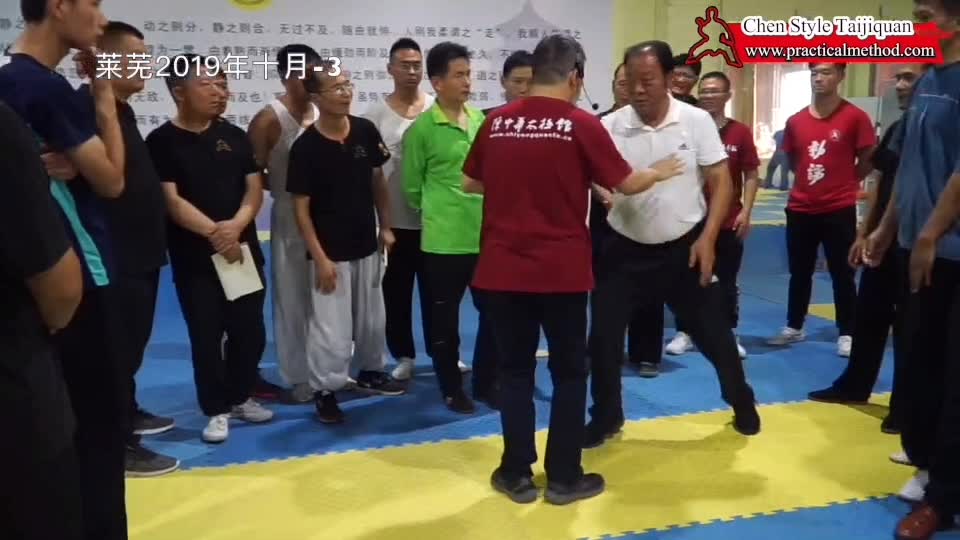
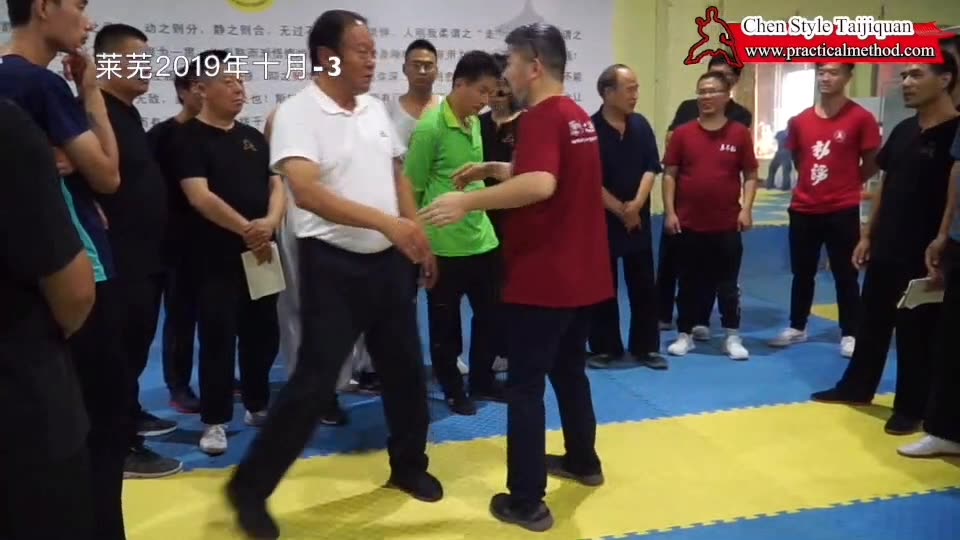
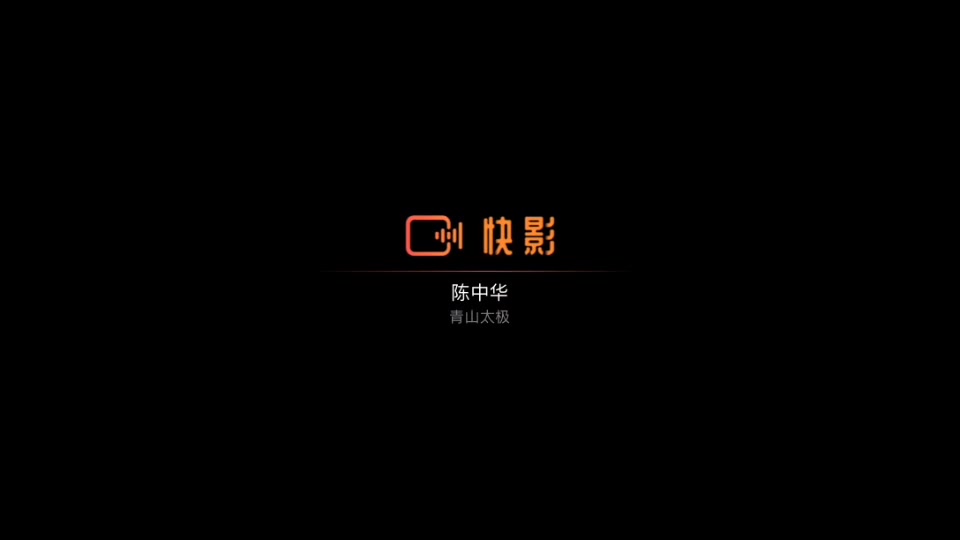
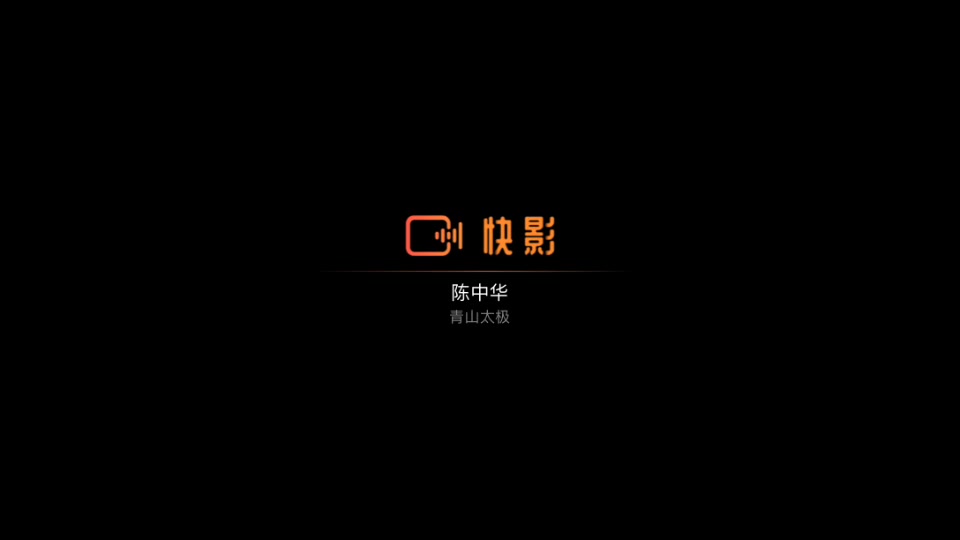

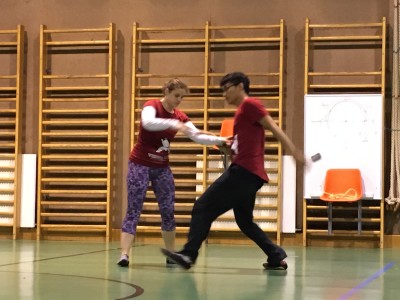
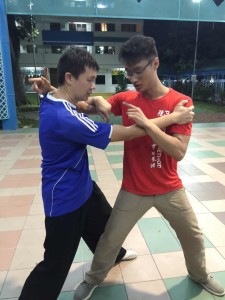
 Although there are not really ‘ secrets ‘ in Taiji anymore, there are things that are extremely important, that are not well known or properly emphasized. Generally speaking, students are not shown ‘ leg methods ‘ until they are higher level, if ever. The correct ( and stealth like ) use of the leg is
Although there are not really ‘ secrets ‘ in Taiji anymore, there are things that are extremely important, that are not well known or properly emphasized. Generally speaking, students are not shown ‘ leg methods ‘ until they are higher level, if ever. The correct ( and stealth like ) use of the leg is 
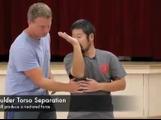
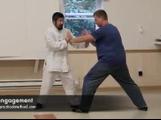
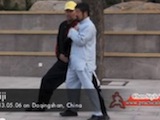 Clip from Daqingshan lesson on primary taiji move which comes from forming a line that has constant tension. Taiji movements are divided into
Clip from Daqingshan lesson on primary taiji move which comes from forming a line that has constant tension. Taiji movements are divided into 
